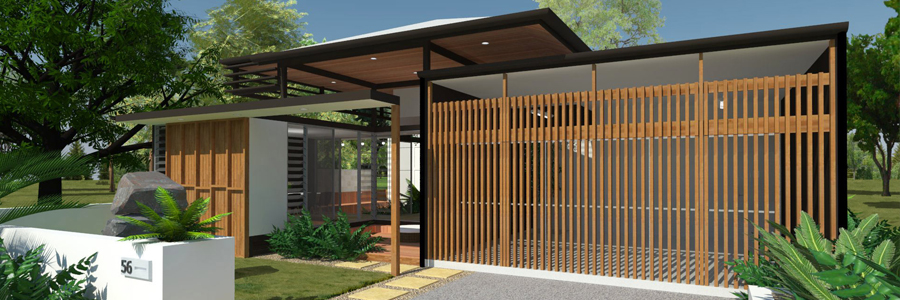"What are these coming to do?" He answered, "These are the horns that subdue so that no man may lift up his head, but the craftsmen have come to terrify them and throw down these evil nations who lifted up their might against the land of Judah to scatter its people." - Zechariah 1:21
The Four Horns of Zechariah and the Craftman
It might seem like a strange thing quoting the bible at the beginning of an house design blog post but, I love this ancient text! It paints an abstract yet relevant picture of the battle between powers seeking to control through domination and the hand of the artisan or craftsman fighting for creative freedoms with the gifts he or she holds in hand.
In a way, it also speaks prophetically to the times we live in. Multinationals squeezing out passion and relevance only focused on shareholder returns and profits at any cost. This is no more prevalent than in the detached housing sector, an arena that affects us all.
If we look at the Australian residential condition, we quickly discover there is a collective, a forgotten people group. These are the untouchables of Australian home ownership. It is a gathering of people so vast, so large that they make up around 90% of our residential market. And yet as huge as this congregation is, it is by-and-large ignored by the architectural profession, at least since the 60's and 70's.
As a result, our distance causes them to endure life under a definition of habitation that has nothing to do with liability, just big business.
Urban Sprawl of our Suburbs
The dominant juggernaut I am talking about is ‘Volume Housing.' It is now an all-consuming machine that endlessly eats up tracts of land forcing those who live within to give up their individuality in exchange for a place to lay their head.
According to a recent HIA study (Windows into Australian housing), 112,660 single detached dwellings were built in 2014. At best this means 101 394 thousand were project homes built in a cramped green-fill subdivision, the average block size being 350 - 400m2. This is a housing model that is by-and-large the same as one’s neighbor.
The Author and philosopher Alain de Botton published a text in 2004 called ‘Status Anxiety’. In it, he explores the influence our housing has on our sense of wellbeing. He found that when monotony is the leading effect, there is a desperation for identity that results in the buying of more stuff – More consumerism and superficial materialism results.
It’s a pretty bleak picture. So why isn’t the design profession getting involved in producing housing that is relevant within in this demographic so individuals, families, and couples have a chance to experience something unique?
In Qld, we as architects and designers look to this, Donovan Hill's C-House and similar examples:
Donovan Hill's C-House 1998. Photos by:
They epitomizes everything that is good about subtropical design and spatial balance. This particular house, which is a personal favourite, paints a picture of what considered design can be when a committed architect and client give their all. But, this is $5000 + per/m and was built over nine years. For me, the ideas within add so much value to a contextual architecture, but to the 90%, they look at it and instantly dismiss it due to cost and timeframes. This being the case, does it mean the prospective first home owner is only ever destined to buy off the plan and hope it works out?
As far as I’m concerned, the design profession is currently very insular especially when it comes to detached residential housing, it often looks inward and services the bourgeoisie, those fortunate enough to afford custom masterpieces. Architectural education is not helping. I walk through the halls of prominent Queensland universities and see iterations of futurism.
Example of conceptual Parametric Architecture
Please hear me, I’m not against advancements in architecture and technology. They both have their place in the world we live in and the one we are heading toward, but all that is totally irrelevant to a public that can only afford $1000 to $1500 per/m2 at the most.
I am talking about a community that makes the majority of their decision based on what they know.
Some Australian Project Home Companies
What they know is GJ Gardner, Coral Homes, Metricon, and Dixon etc, there is no alternative. The term ‘Parametricism’ let alone what it produces, is so foreign. To them, the parametric looks more like a still plucked from a Christopher Nolan Sci-fi than a place they could call home.
If the volume housing companies market through supposed ‘bang-for-buck’, and the homeowner defaults to soft furnishing and materialism as their response to self-expression, surely we as a profession who profess to understand space and context could bring something to the table beyond the expensive one-off.
Maybe it is time we stepped up and offered an alternative allowing for a sustained influence in this demographic!
Below is a link to our ideas and a trailer from the ABC series 'Streets of Your Town'. I hope you find both informative.
http://bleuscape.wpengine.com/crossroad-house-evolution/
Words: Anthony Rigg









